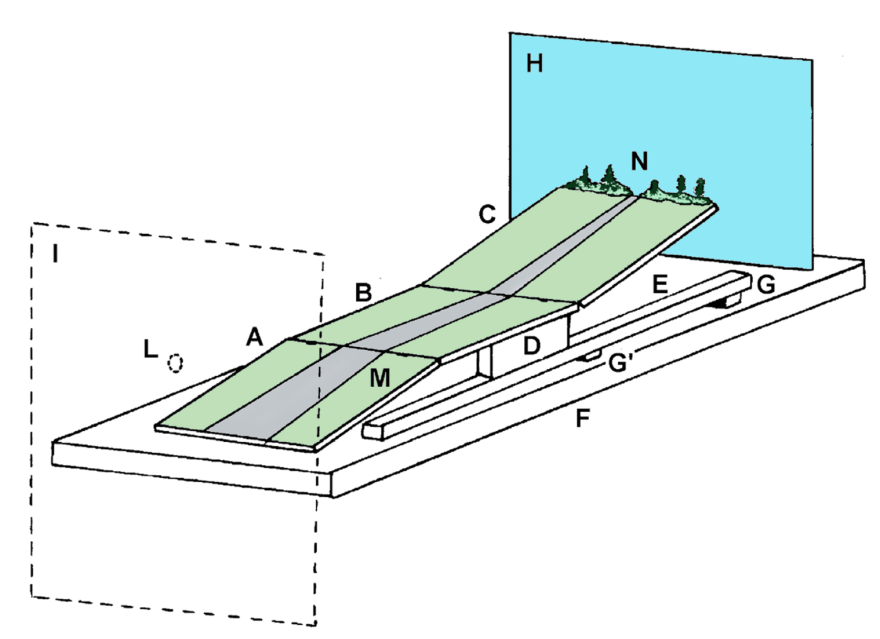On a special stretch of road near Springer, Oklahoma, it feels like gravity doesn’t quite work-- when you shift a car into neutral gear, you feel like the car is rolling backwards up the hill. KGOU listener Vicki Weiss asked How Curious: Does this spot really defy gravity?
Locals call the section of Pioneer Road “Magnetic Hill” or “Gravity Hill.”
“I just remember feeling like there was this energy or this force that was pushing us away from the bottom of the hill,” said Weiss, who visited the mysterious location with her family several years ago.
Some people speculate that ghosts or aliens cause the phenomenon, others say an underground source creates a strange magnetic field.

A Giant Magnet?
The “magnetic hill” phenomenon is not unique to Oklahoma. These apparently gravity-defying spots have also been reported in at least eight other states and countries around the world, including Australia, Barbados, Greece, Scotland and South Korea.
Luigi Garlaschelli, an Italian chemist and longtime member of the Italian Committee for the Investigations of Paranormal Claims, has researched them.
Garlaschelli uses scientific methods to look into strange phenomena. Some of his past investigations include a glowing fog known as the will-o’-the-wisp and weeping religious statues.
According to Garlaschelli, magnets do not cause so-called antigravity hills.

“Even a plastic ball will roll uphill and plastic is not magnetic. If you pour water on the ground, water will also run uphill, and water is not magnetic.”
Garlaschelli and two colleagues made laboratory models of the phenomena.
The team calculated that to pull a small car uphill, any object underground would need a mass equal to a lead sphere with a diameter of 10 kilometers, or about six miles, which Garlaschelli said is unlikely, “unless you have a very tiny black hole somewhere.”
“If something was pulling that strongly, it would be pulling on the windmills in the area also,” said Oklahoma land surveyor Aaron Morris, standing on top of Magnetic Hill near Springer.
What’s Really Happening?
“When you think of an optical illusion, you think of pieces of cardboard with lines and circles and triangles,” Garlaschelli said. “This is one of the very few optical illusions that happens in a natural environment.”
The slopes of so-called “anti gravity hills” are often so slight, the inner ear cannot detect them.
Though it appears your car rolls uphill, Oklahoma’s Magnetic Hill is actually a downhill slope.
According to topographic measurements taken by Aaron Morris, Magnetic Hill’s elevation gradually increases by between eight and 10 feet near the spot where locals park to experience the phenomenon.

“The road is not following the terrain like your eyes are telling your brain,” Morris said.
When you stand on Magnetic Hill, you see another, steeper slope just ahead, so your brain assumes the road between your feet and that slope is either level or downhill, when in fact it’s sloping slightly uphill.
Magnetic Hill may be a tricky optical illusion rather than a mysterious phenomenon, but that doesn’t make it less fun to visit.
How Curious is a production of KGOU Radio. It’s produced by Claire Donnelly and this episode was edited by Jackie Fortier. David Graey composed the theme music.
Email your questions about Oklahoma to curious@kgou.org. Subscribe to the How Curious podcast on iTunes or your favorite podcast app.
As a community-supported news organization, KGOU relies on contributions from readers and listeners to fulfill its mission of public service to Oklahoma and beyond. Donate online, or by contacting our Membership department.








